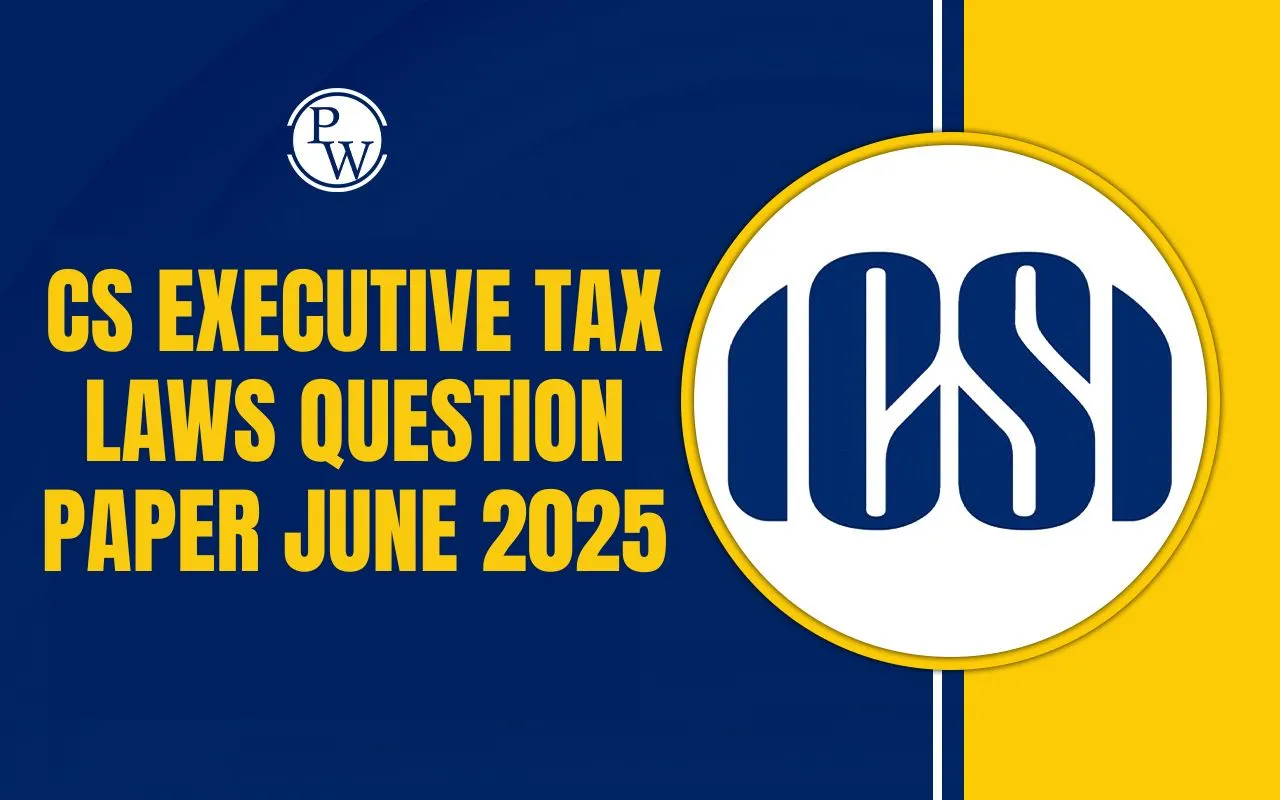
CS Executive Secretarial Audit is an important topic in company law studies. It is about checking if a company follows different laws, rules, and regulations. This audit is done by a Company Secretary in Practice. The report is submitted in the format called MR-3.
CS Executive Secretarial Audit Overview
CS Executive Secretarial Audit is not about financial records. It is about the non-financial side of a company. It makes sure that the company is working in line with rules and procedures. It gives confidence to management, regulators, and stakeholders that everything is being done legally.
The Companies Act, 2013, makes the Secretarial Audit CS Executive important for certain companies. Listed companies, large public companies with a high paid-up capital or turnover, must conduct this audit. Even private companies that are subsidiaries of public companies may have to do it.
The report is prepared in a set format called Form MR-3. This report is given by a Company Secretary in practice. The auditor checks records, papers, and systems to confirm compliance. The process also uses an audit procedures cs approach and follows a secretarial checklist to ensure thorough checking.
Purpose of Secretarial Audit CS Executive
The purpose of the Secretarial Audit CS Executive is to make sure companies work according to the law. It helps management, regulators, and stakeholders to stay confident about compliance. Below, we’ve mentioned the purpose of a secretarial audit cs executive:
- It ensures that companies follow the Companies Act and SEBI laws.
- It helps in finding mistakes and correcting them on time.
- It builds a culture of good governance and ethical practices.
- It protects companies from penalties and risks.
Applicability of Secretarial Audit CS Executive
Secretarial Audit CS Executive applies to certain companies as per the law. It is not for all businesses. Below, we’ve mentioned the rules for applicability:
- Every listed company must have a Secretarial Audit.
- Public companies with a paid-up share capital of ₹50 crore or more need it.
- Public companies with a turnover of ₹250 crore or more must also do it.
- Private companies that are subsidiaries of public companies also fall under this rule.
Benefits of Secretarial Audit CS Executive
Secretarial Audit CS Executive gives many benefits to companies and stakeholders. Below, we’ve mentioned some of the benefits:
- Assures promoters that management is following rules.
- Gives comfort to independent directors about compliance.
- Helps regulators reduce their burden of monitoring.
- Assists investors in making informed decisions.
- Acts as due diligence for banks and financial institutions.
Audit Procedures CS and Secretarial Checklist
The process of Secretarial Audit CS Executive includes step-by-step checking. The use of audit procedures cs and a secretarial checklist helps in smooth work. Below, we’ve mentioned the audit procedures cs and secretarial checklist:
Step 1: Understanding the nature and activities of the company.
Step 2: Checking records, registers, and board meeting papers.
Step 3: Preparing a secretarial checklist to ensure all laws are covered.
Step 4: Cross-checking filings made with MCA and SEBI.
Step 5: Preparing working papers and audit notes.
Step 6: Submit the final report in MR-3 format.
Appointment of Secretarial Auditor
The Secretarial Auditor must be a Company Secretary in Practice. The appointment is made by the Board of Directors in a board meeting. It is better to appoint the auditor at the start of the financial year. This ensures regular checking and quarterly reporting.
Powers and Duties of Secretarial Auditor
A Secretarial Auditor under the Secretarial Audit CS Executive has some powers and duties. Below, we’ve mentioned the powers and duties of a secretarial auditor:
- Right to check company records and documents.
- Power to ask for explanations from directors and officers.
- Duty to report compliance with applicable laws.
- Responsibility to give an unbiased opinion.
- Obligation to maintain an audit diary and keep backup papers.
Secretarial Audit CS Executive is a key part of company law studies and corporate governance. It helps companies stay compliant with laws and avoid risks. With the use of audit procedures cs and a secretarial checklist, the process becomes systematic and reliable. The report prepared in MR-3 format ensures transparency and accountability.
This audit not only benefits management and regulators but also builds trust among investors and other stakeholders. By appointing a qualified Company Secretary in Practice, companies can maintain good governance and ethical practices. In short, the Secretarial Audit CS Executive plays a vital role in strengthening corporate discipline and legal compliance.
| Related Links | |
| CS Executive | CS Executive Syllabus |
| CS Executive Registration | CS Executive Admit Card |
CS Executive Secretarial Audit FAQ
What is a Secretarial Audit CS Executive?
Who can conduct a Secretarial Audit, CS Executive?
What is the format of the report?










